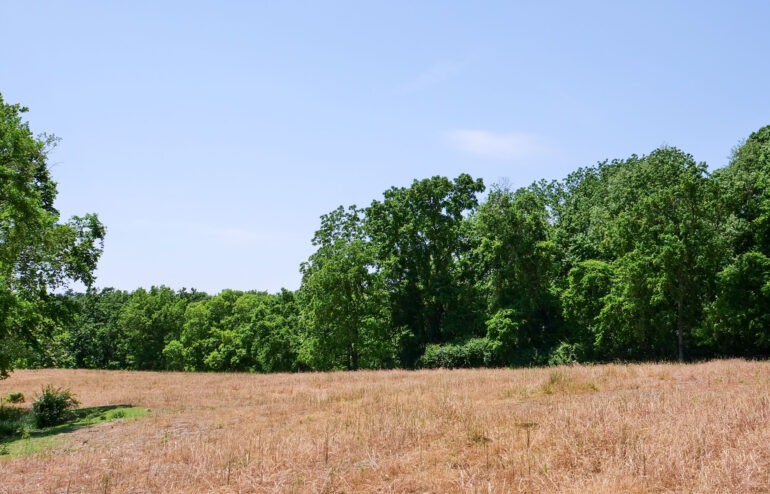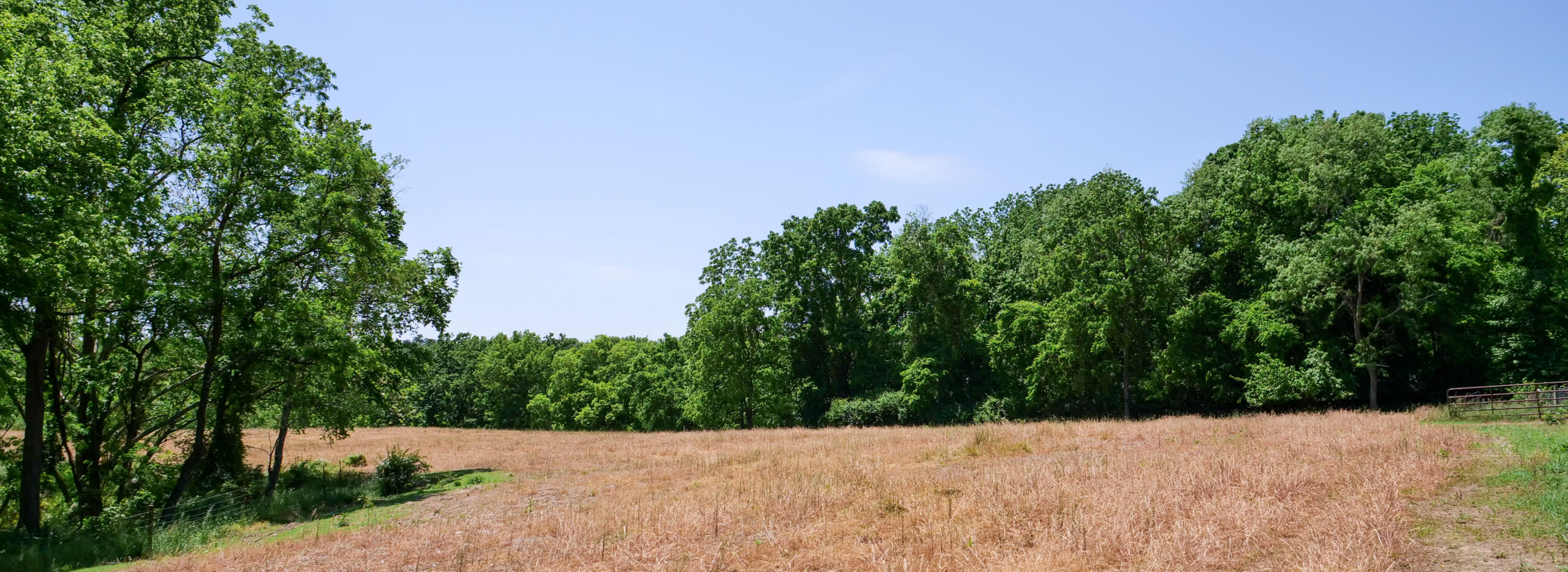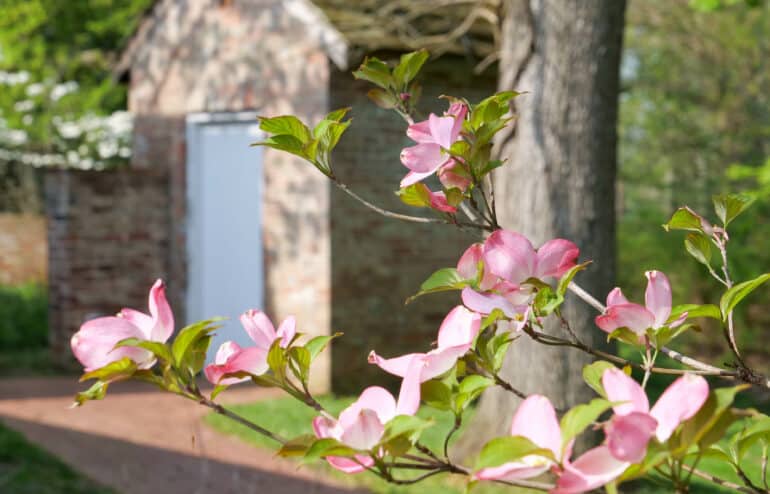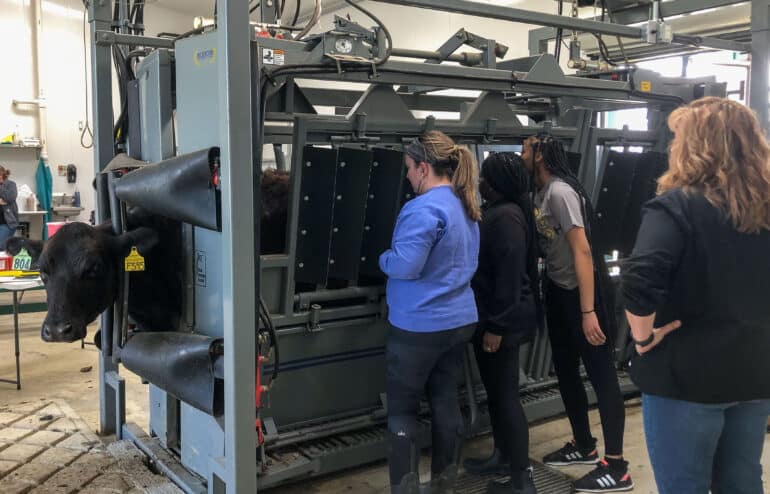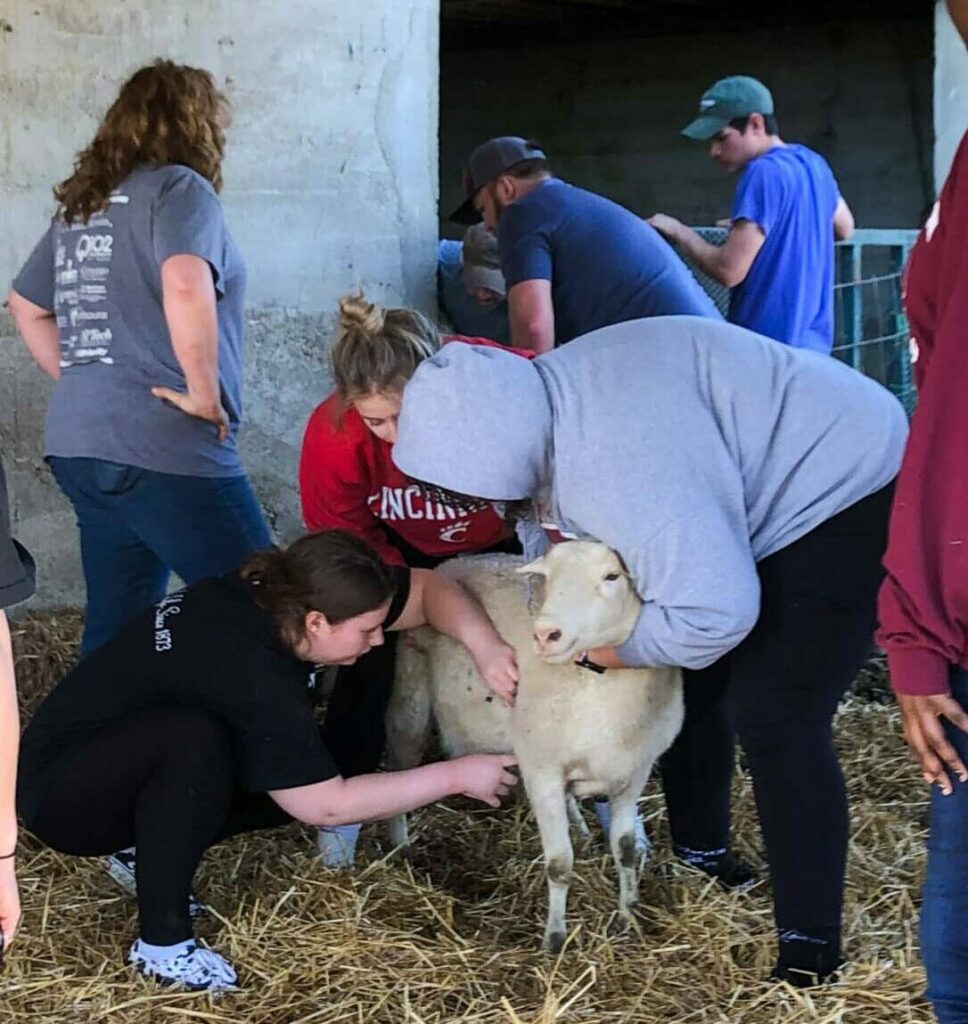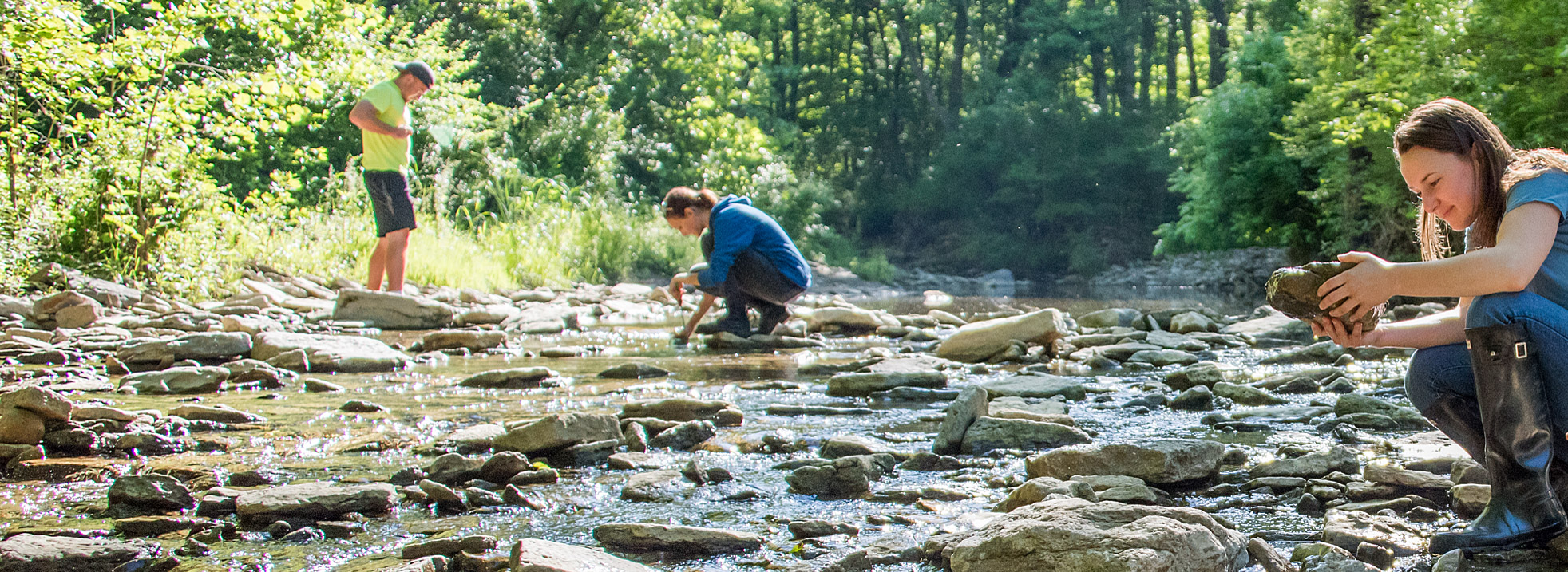
Greenacres Water Quality Education Center to be Renamed to Reflect Diverse Field Trip Programming and the Community it Serves
Miami Township, Clermont County – June 8, 2023
Greenacres is pleased to announce a change that better aligns with their field trip programming. Effective immediately, the Greenacres Water Quality Education Center building will be renamed “Greenacres Miami Township – Clermont County.”
The decision to adopt the new name stems from a desire to change the public perception of the educational experiences and opportunities available at this facility. While the original name specifically highlighted water quality programs, the location has always offered a comprehensive suite of activities, covering various aspects of environmental education.
“Programs at this facility can range from anywhere maple syrup collection activities in the winter, to creek exploration in the summer, and so much more” says Scott Wingate, Greenacres Director of Education. “By renaming this location, we hope to emphasize that this facility is more than just water quality education. This new name reflects our commitment to serve Clermont County by providing immersive and engaging field trip programming that explores not only water quality but also other vital aspects of environmental stewardship. We will continue to offer a rich selection of field trip experiences that empower visitors to understand, appreciate, and protect our natural world.”
Greenacres thanks Miami Township, Clermont County community for their continued support and looks forward to this new chapter as they embrace a more comprehensive approach to environmental education.
For media inquiries or further information, please contact:
Name: Peter Wheeler
Title: Director of Marketing
Organization: Greenacres Foundation
Email: pwheeler@green-acres.org


